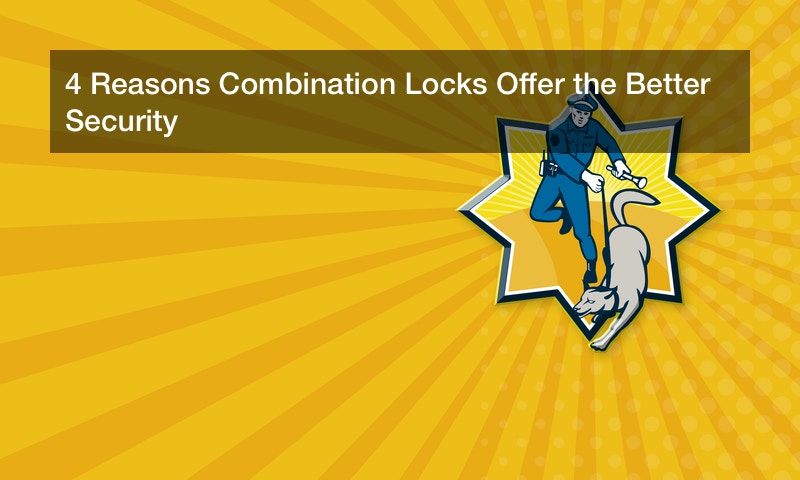

Storage is an essential yet often overlooked part of any building’s design. In addition to your storage space being enough to cater to your needs, it must be ideally positioned to ensure convenience and security.
Cabinets are one of the most common storage options in both residential and commercial buildings. This is because they offer convenience and can last up to 50 years for the case of kitchen cabinets.
The type of items being stored and their sensitivity determines the kind of cabinet security to be used. Childproof locks may be enough to keep a toddler out of a flour cabinet, but you will need a pick-resistant design to safeguard more sensitive materials such as business files.
The best way to ensure your stored items will not be tampered with is by using combination locks.
Advantages of Using a Combination Lock
Convenience
The major drawback of using key-operated locks is the need for keys to gain access into secured rooms or cabinets. This poses a risk as misplacing the key means you may not be able to gain access to the secured area. If there is an urgent need for the secured items or there is no other copy of the key, you will be forced to break and replace the cabinet locks.
For facility management personnel who have to operate many locks, the risk and inconvenience of key-dependent locks are even higher. In addition to carrying many keys, they also have to find a unique way to distinguish each key from the bunch. If the bunch were to get lost, access to multiple areas of the facility would be affected at once.
With combination locks, the inconvenience of carrying keys is eliminated. Though there is a risk of forgetting the code, you won’t have to change the locks. This is because combination locks come with added features that allow the owner to change the password if need be.
Added Security
Lock pickers rely on access points such as keyholes to pick locks. They use these entry points to manipulate the locking mechanism or exert brute force to unlock padlocks.
In comparison, a combination lock is a sealed unit, and with thousands of possible combinations, a thief will find it hard to guess the right one.
Durability
Keyholes are designed to limit access to areas only to people with the key. However, they are also a point of weakness in padlocks. They allow elements such as moisture and cold temperatures into the padlock, which causes the internal locking mechanism to rust. As rusting continues overtime, the locking mechanism will weaken, thus making the padlock more susceptible to lock pickers.
Also, the act of wriggling the key inside the padlock to gain access causes the locking mechanism to wear. Exposure to environmental factors significantly reduces the lifespan of a padlock. With sealed locks, the internal components are protected from such elements as well as wear and tear and are thus more durable.
Easier Access Management
The goal of locking systems is to limit access to certain areas or items only to authorized individuals. Using key locks for an area that many people have access to and frequently use, such as in commercial buildings, is impractical.
Giving out keys to every individual is expensive, and leaving the role of opening doors to a facility manager will cause delays when multiple personnel requires access to different areas. Another option would be to reduce the number of secured locations. Whereas this option would offer more convenient access, it also compromises building security.
By installing keyless locks, you will not have to deal with these inconveniences. With the relevant codes, it will be easier for staff will access restricted areas.
Bottom-Line
Whether it’s for a high-level clearance area of a building or securing the contents in a desk, safe or locker secure, combination locks are the ideal option. They are durable, offer added security, and, more importantly, are hassle-free cabinet locks.